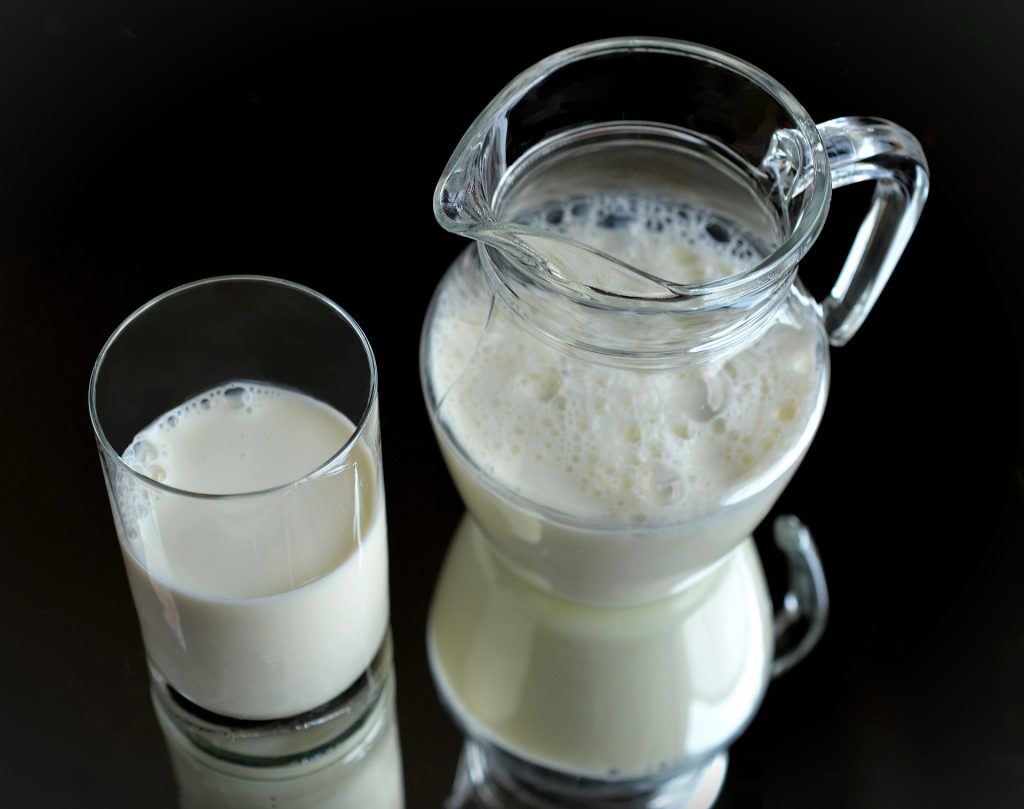 The nutritional science surrounding dairy products is interesting. Dairy consumption shows an association with body weight, such that those with the highest intake of dairy have the lowest body weights. Clinical trials involving dairy also show that consumption of dairy products can cause a reduction in body weight. In certain countries, milk consumption is associated with vitamin D intakes. This is largely because in those countries where the association is present, milk is fortified with vitamin D. Canada and the United States currently fortify their milk with vitamin D, whereas the United Kingdom does not. Fortified foods in the United States includes milk and breakfast cereals, and in Canada the fortified foods include milk and margarine. Vitamin D also shows associations with body weight, and mechanistic explanations as to the ability of vitamin D deficiency to cause deterioration of the insulin system, through increases in intracellular calcium levels, have been made.
The nutritional science surrounding dairy products is interesting. Dairy consumption shows an association with body weight, such that those with the highest intake of dairy have the lowest body weights. Clinical trials involving dairy also show that consumption of dairy products can cause a reduction in body weight. In certain countries, milk consumption is associated with vitamin D intakes. This is largely because in those countries where the association is present, milk is fortified with vitamin D. Canada and the United States currently fortify their milk with vitamin D, whereas the United Kingdom does not. Fortified foods in the United States includes milk and breakfast cereals, and in Canada the fortified foods include milk and margarine. Vitamin D also shows associations with body weight, and mechanistic explanations as to the ability of vitamin D deficiency to cause deterioration of the insulin system, through increases in intracellular calcium levels, have been made.

Milk is fortified with vitamin D in North America (Canada and the United States). This fortification provides vitamin D to those who consume milk. Both dairy and vitamin D are associated with weight loss, and those with the highest intakes of milk and vitamin D have the lowest body weights. In the United Kingdom the milk is not fortified with vitamin D and during the winter, when sunlight levels are not adequate to cause the synthesis of the vitamin in the skin, supplements are recommended.
Consumption of milk fortified with vitamin D may therefore have health properties. In particular, it may ensure an adequate supply of vitamin D, and both the milk and the vitamin D may then cause biochemical changes that facilitate weight loss. As vitamin D is fat soluble, the fat levels in the milk is important for the effective delivery of the vitamin. In one study, researchers assessed the amount of milk fat in the diet of children and then measured associations with body mass index and vitamin D levels. The results of the study showed that there was a positive association between milk fat percentage and the 25-hydroxyvitamin D (the accepted bioactive vitamin D metabolite in blood) levels in the subjects. In addition, there was a negative association between the milk fat percentage and the body mass index of the subjects. The children who drank whole milk had a 5.4 nmol/L greater 25-hydroxyvitamin D concentration and a 0.72 lower z score for their body mass index, compared to those that drank 1 % (low fat milk).
Eat Well, Stay Healthy, Protect Yourself
RdB
